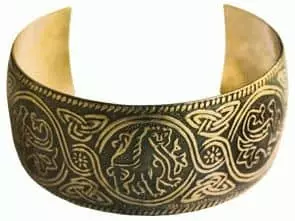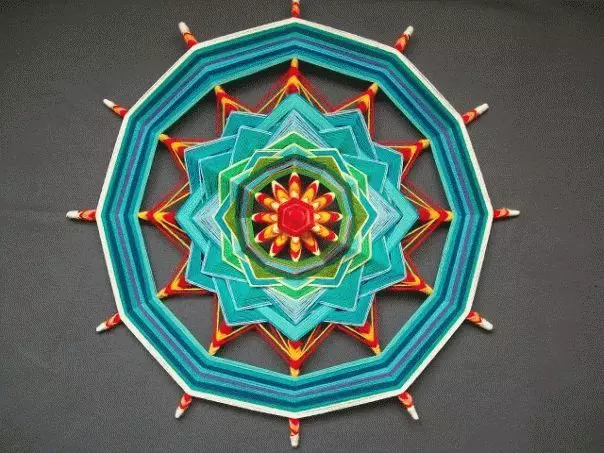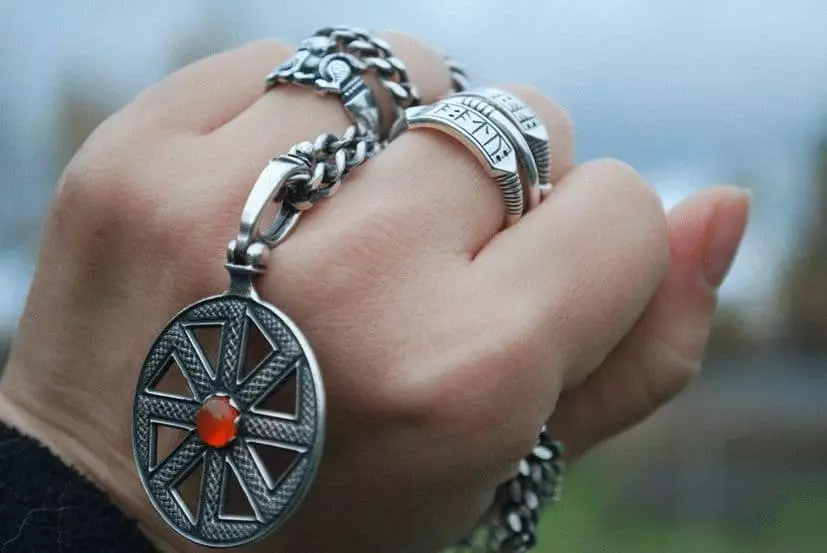A couple of centuries ago, the main protection against any trouble and troubles for our great-grandparents were of chambers, amulets and talismans. Slavs always knew how to create original decorations, possessing not only a decorative function, but also protecting against any evil.
With the help of Slavic amulets, it was possible to protect themselves from evil spirits and unkind people, to drive away the disease and trouble. In addition, magic items provided communication with nature and higher forces.
Even after the adoption of Christianity, Slavic amulets and charmings did not lose their popularity at all and were also actively used by people, only this time already in secret. We will carry out a small excursion in history and consider all the types of amulets known to date.
Main varieties of magical objects
Find out what awaits you today - a horoscope for today for all zodiac signsBy numerous subscribers requests, we have prepared an accurate horoscope application for a mobile phone. Forecasts will come for your zodiac sign every morning - it is impossible to miss!
Download free: Horoscope for every day 2020 (Available on Android)
All Slavic amulets We are divided into three large groups:
- Talismans dedicated to cosmogonic beliefs (here include the cult of Perun, as well as talismans, on which solar and moony symbols are drawn;
- chambers and talismans dedicated to spelling magic;
- Amulets dedicated to the magic of animals.
Cosmogonic amulets
In most cases Improved agricultural activities. Our ancestors have a lot of attention paid to the issue of natural forces of nature (Sun, Moon, thunderstorms, rain and other). This is due to the fact that nature strongly influenced human life.
The Slavs zipper, thunderstorm and rain were associated with magic, so there was a series of amulets, help control these natural phenomena. In addition, Slavic amulets were called upon to protect warriors in battle, help them win battles.

Casual amulets
They treated the category of women's. Usually in their own way, very reminded the keys, spoons, buckets, crests, and so on.- A spoon, for example, is an ancient Slavic amulet, symbolizing wealth and satiety.
- Buckets foreshadowed wealth as a whole, as well as good luck in any affairs.
- Keys promised replenishment in the financial sector, as well as the protection of wealth from ill-wishers.
Almost all spellchair and amulets performed symbols of wealth and wealth in the family, they were used very often.
Animal-related amulets
There were still at the time of the primitive community. Ancient people were convinced that their genus comes from a particular animal, so they sought to seek help to their patron. Using an amulet of his animal (or totem), it was possible to fill its strength and power.
Protective talismans
The ancient Slavs paid a lot of attention to their homes (in particular, his protection against evil forces). So, for example, when the foundation was laid, the pieces of wool, grains, and sometimes put a horsepower on the corners.All designated items performed Protective overalls that guaranteed a calm and happy old age. In the "Red" corner, the symbol of the "wheel of the kind" was usually cut to lure good luck to the horseshoe.
And of course, the popularity had ritual towels, on which various ornaments that have a sacred value were embroidered.
Dolls
Homemade dolls ended with a special force Our ancestors. Each doll was used on a separate occasion. The most ancient is the douse of God's Eye, manufactured from the fabric. She was tried to hang at the entrance door, and happened, and near each room.
Often it was possible to observe God's Oko near the children's cradle, she defended the kids from the evil energy. This doll minimized any negative emitted to the hosts of the dwelling. This Slavic amulet can be seen in the photo:

And a doll with a beautiful title of the bird of happiness was a custodian of a family hearth. It was made of wood and were located in the hallway. Any guest coming into the house, passing under doll, left all bad energy behind the threshold.
Embroidery
Slavic embroidery was applied to Different details of the costume and usually under it implied protective properties. The embroidery was located on those parts of the costume, through which the evil could penetrate the human body (on the nipple, neck, cuffs, collar).Slavs believed that the fabric was unclean forces would not be able to get into the human body, since in the process of its manufacture, special items were used equipped with a spell ornament.
Decorations
Such charms are worn as men and women. They could be glass, metal, wooden, as well as made of bone. For decorations, various symbols (rhombus, flowers and other signs) were necessarily applied.
Decorations were suitable for use by people of any age category. In the Slavic tradition, those talismans and amulets were the greatest popularity that were protected by the owner from uncleani, various diseases and troubles. An example of typical Slavic faiths and amulets can be seen in the photo:

Based on the specific application, the amulets could be used to protect the dwellings and rush on the body. The process of their creation was a whole art transmitted from generation to generation.
Slavic amulets - the topic is very interesting and fascinating. They are able to protect against evil forces, and bring love, happiness, wealth, good luck to the human life, good luck - everything you need. The main thing is to sincerely believe in them and use only with good intentions.
